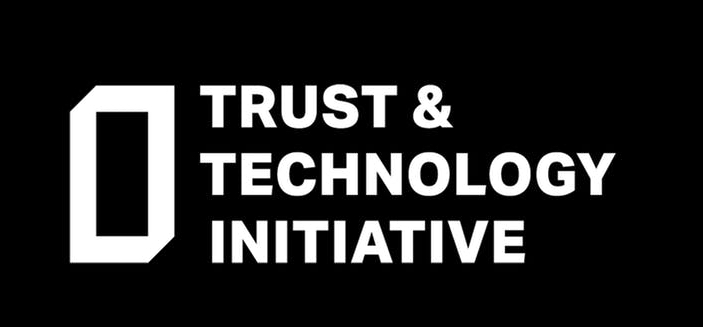Dr Flavio Toxvaerd, Faculty of Economics
Social distancing measures: art and science
In combating infectious diseases, science and technology often plays a central part. Medical innovations such as antivirals and vaccines, tests for infection and immunity and rapid diagnostic devices can all play a part in stemming the tide of the epidemic. For COVID-19, many of these tools are not yet at our disposal and so the central policy intervention has been that of social distancing in its many manifestations. Social distancing, a so-called non-pharmaceutical intervention (NPI), work by ensuring that individuals do not share confined spaces and generally keep a distance that hinders the transmission of the pathogen from one person to the other.
The art and science of social distancing is at its infancy and perhaps out of necessity and lack of adequate planning, governments have often resorted to the most drastic of measures, namely a near-complete shutdown of many facets of everyday life. It is becoming clear that such draconian measures have very high costs indeed and while necessary in the short term, may not be sustainable on a permanent basis. This has prompted new thinking about how to introduce new ways of socially distancing while maintaining some of the benefits of restarting society and the economy.
While it is still to early to predict the exact form that these measures will take, technology will play a central role. Just like navigation apps like Google maps and Waze have revolutionised people’s driving experience, so it seems that smartphone-based technology may offer innovative solutions for how to better achieve social distancing, with their capacity to track individual movements and store and share data. This will be an exciting development that I look forward to witnessing in the coming years.


